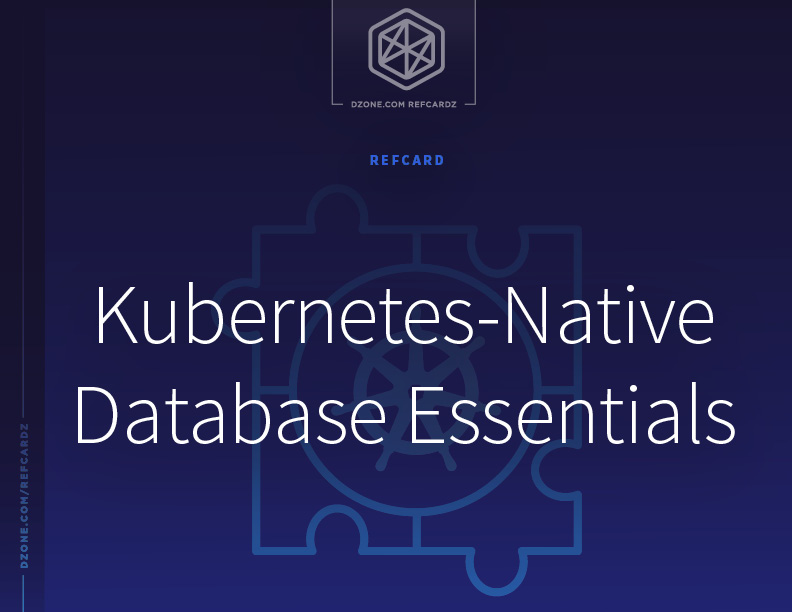Introduction
As more organizations shift operations to the cloud, the benefits of going cloud-native continue to accrue. One critical task in managing a cloud-based microservices architecture is container orchestration. Kubernetes is the container orchestrator of choice for 78 percent of IT Leaders identified in Red Hat’s “State of Open Source 2020” report. Kubernetes is a powerful and flexible tool, but certain issues remain that can make managing stateful applications difficult. Simply put: storage on Kubernetes is not a solved problem.
This is highly dependent, however, on what kind of database you use alongside Kubernetes. Traditional relational databases that give life — or state — to any application were not architectured to take full advantage of the resources available in the cloud. On the other side, NoSQL databases fail to thrive in Kubernetes-orchestrated environments. A new breed of relational databases — Distributed SQL databases — have emerged over the past few years and are able to take full advantage of the cloud and the operational benefits provided by Kubernetes.
This is a preview of the Kubernetes-Native Database Essentials Refcard. To read the entire Refcard, please download the PDF from the link above.

